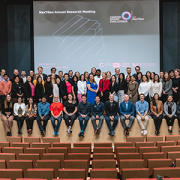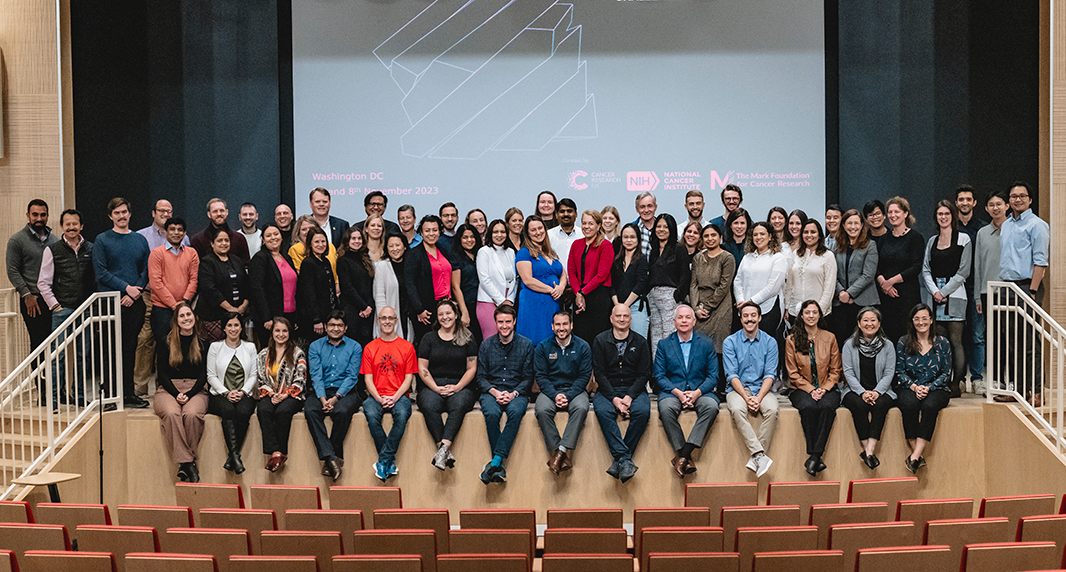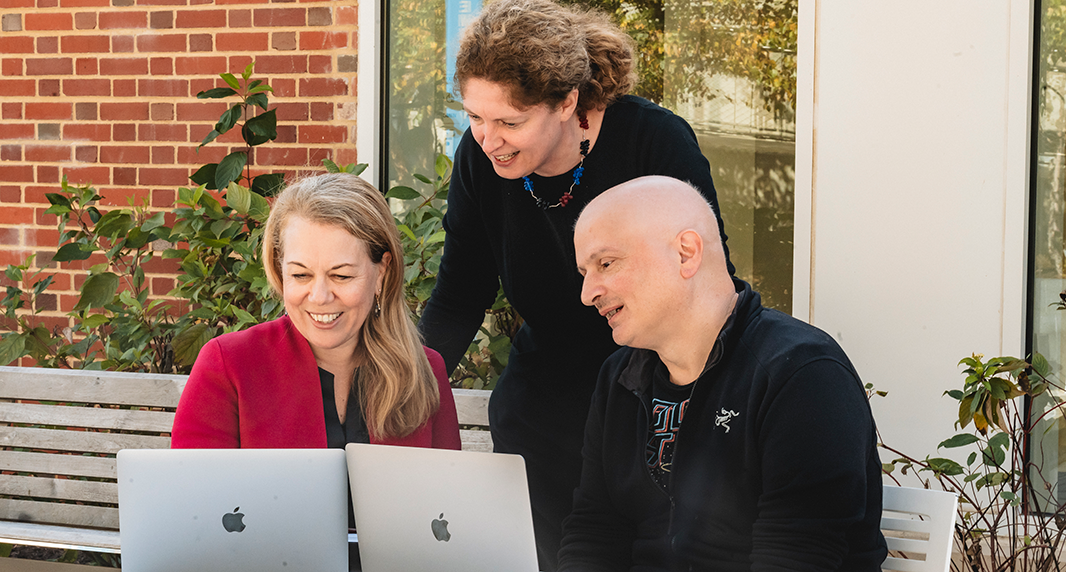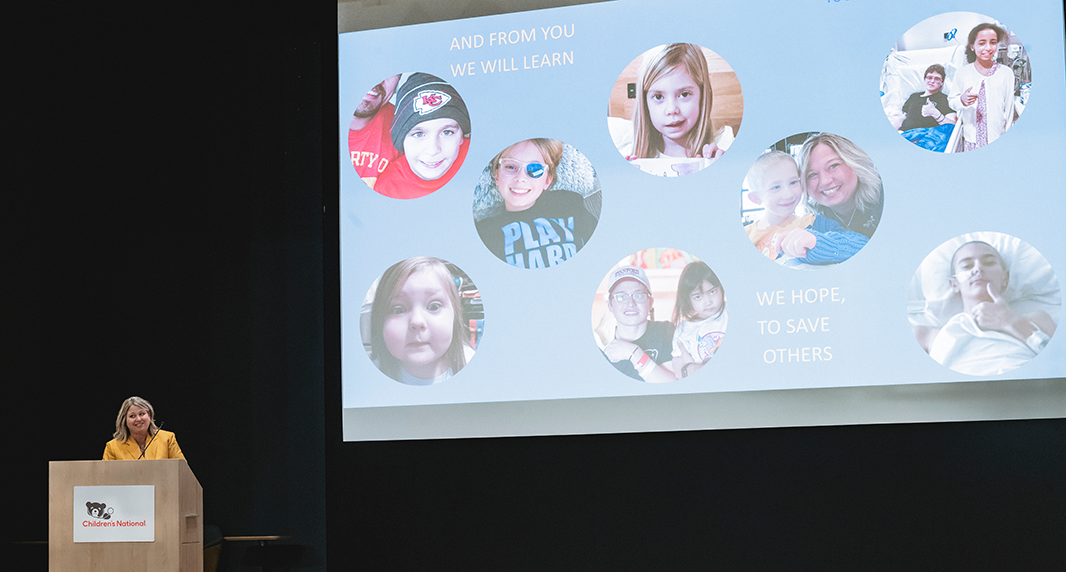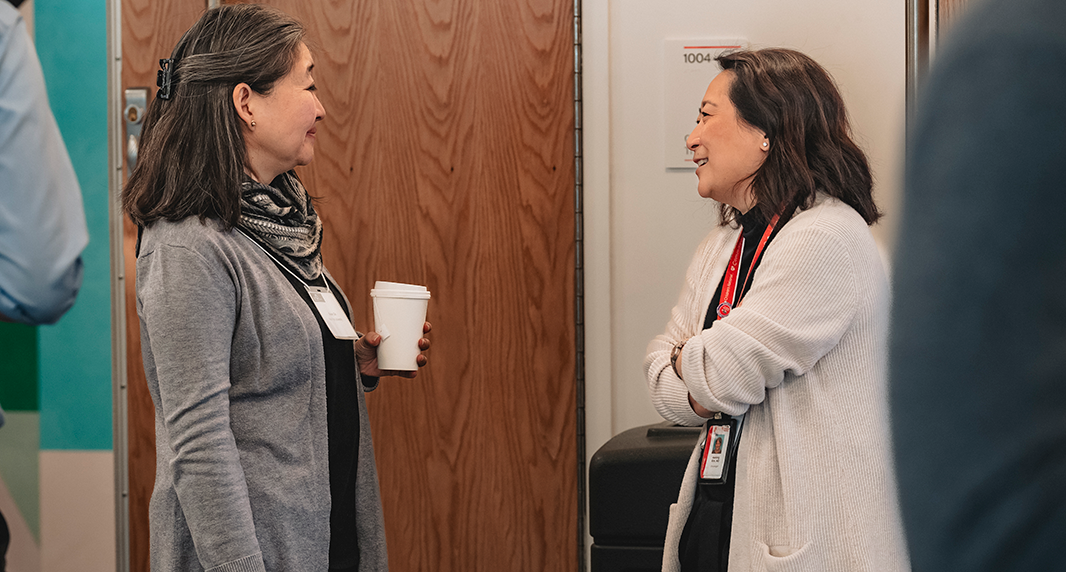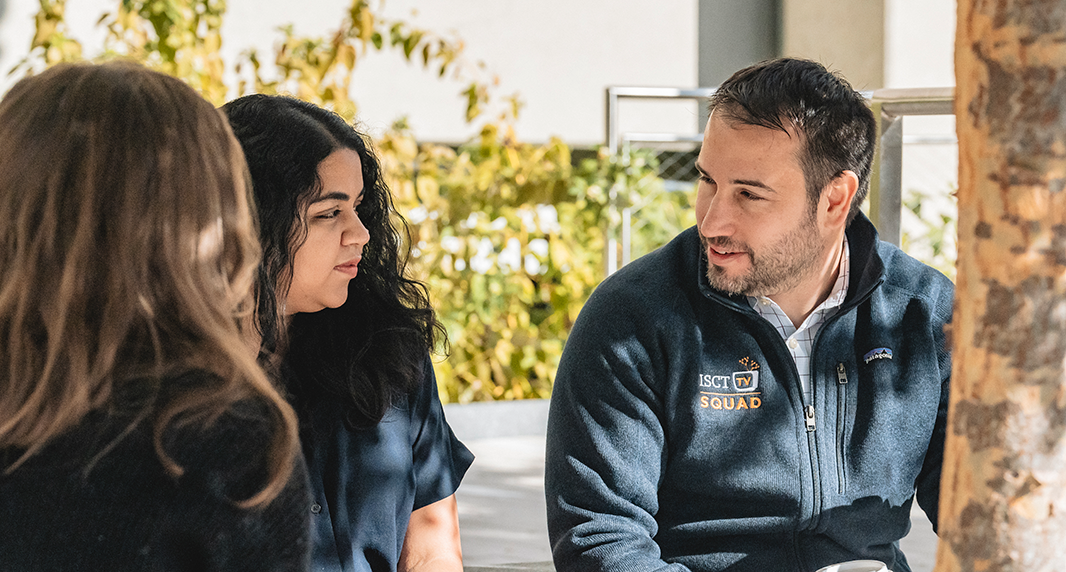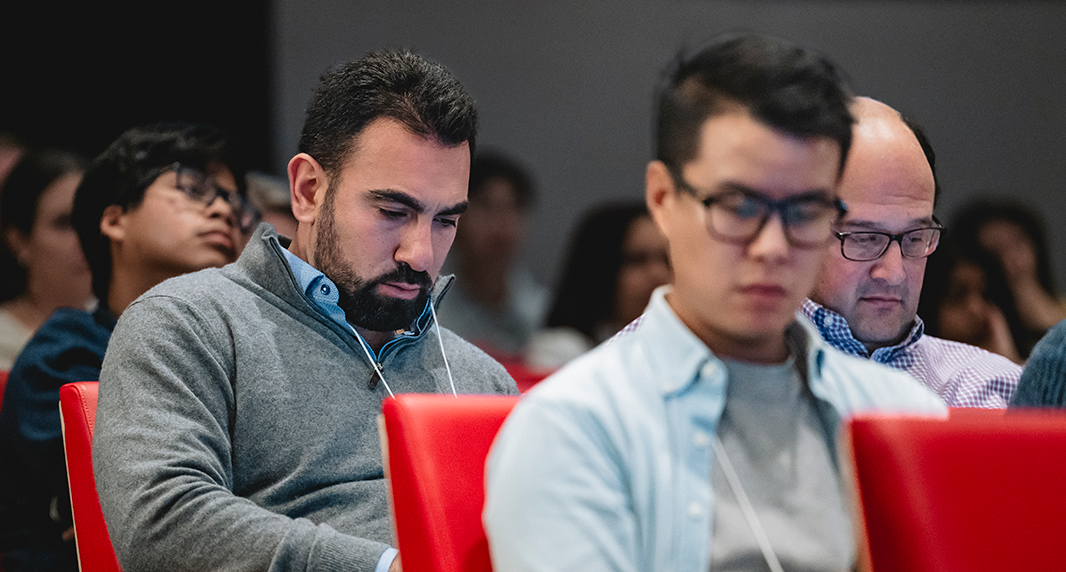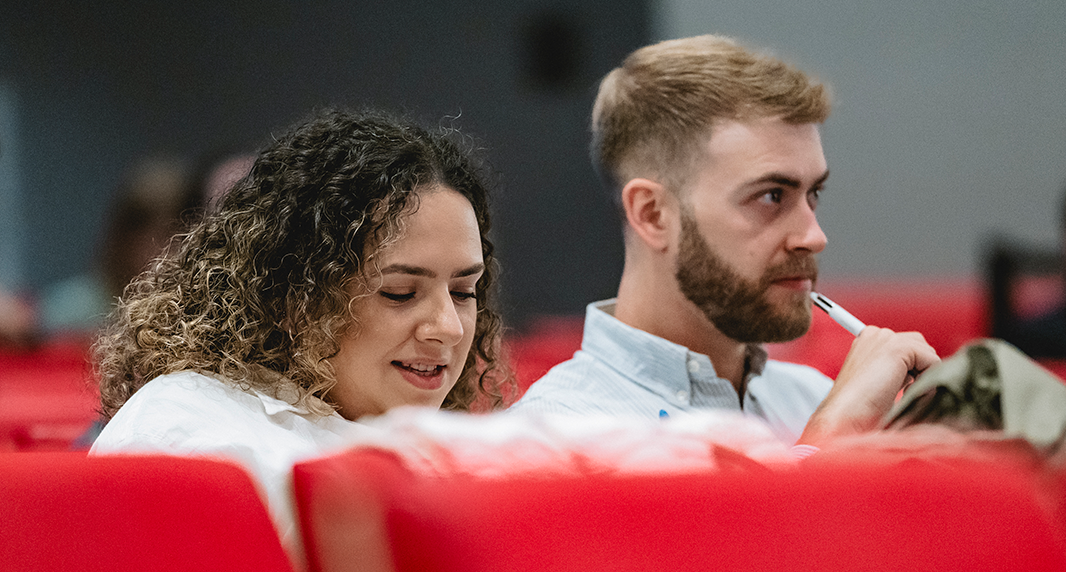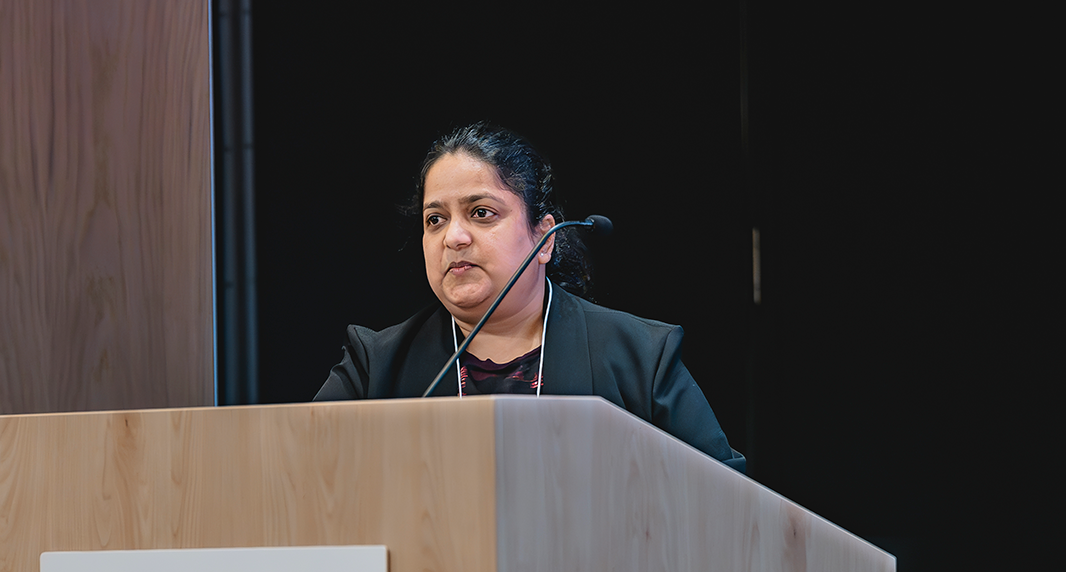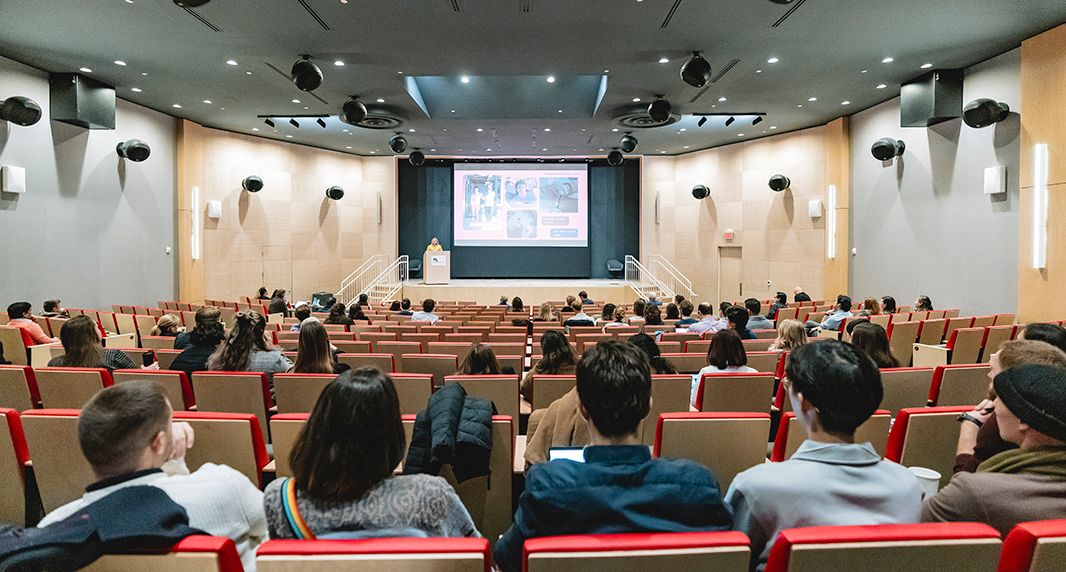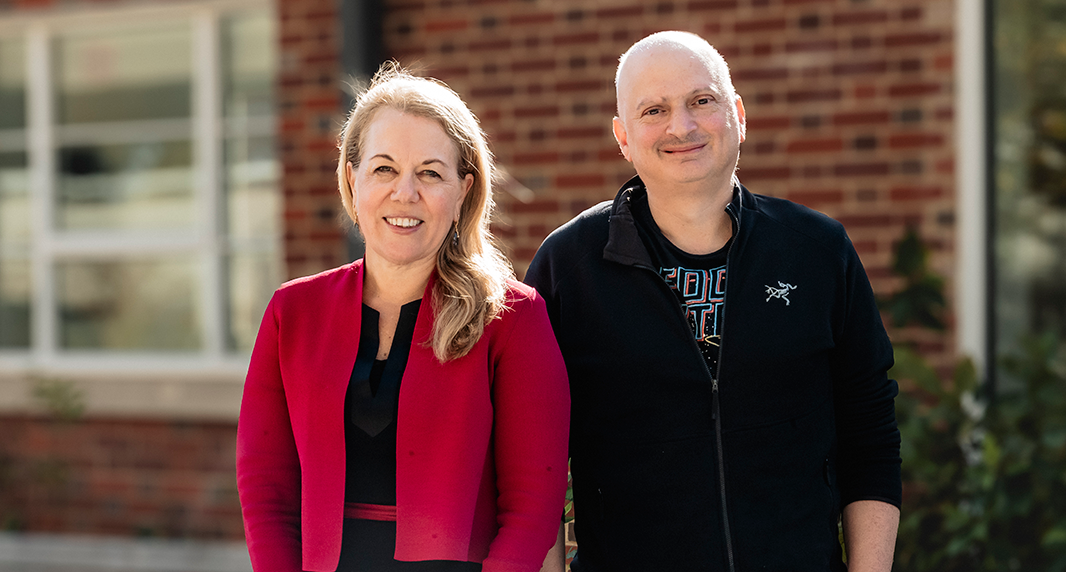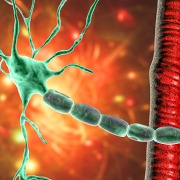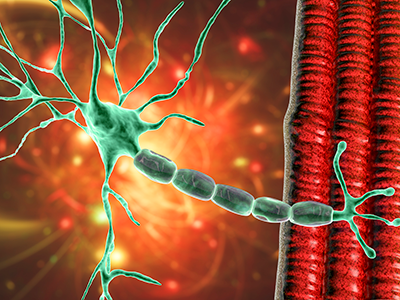Assessing psychosocial risk, patient readiness for sickle cell gene therapy
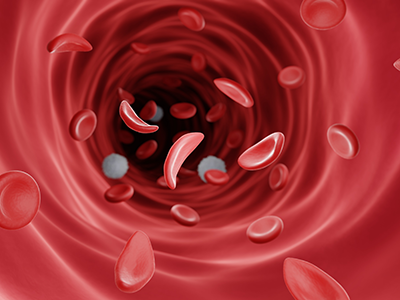
The CureSCi Patient Readiness and Resilience Working Group brought together behavioral health clinicians and scientists from across the U.S. with expertise in sickle cell disease to develop recommendations for assessing and promoting patient readiness for gene therapy.
Two gene therapies for sickle cell disease were recently approved by the U.S. Food and Drug Administration (FDA) and are now commercially available in the U.S. This marks a historic shift in the treatment of sickle cell disease (SCD) and represents a leap forward more broadly for the medical community, opening a range of exciting possibilities for the development of novel therapeutics for other diseases. However, these new therapies are not without medical and psychological risks; therefore, the Cure Sickle Cell Initiative (CureSCi) of the National Heart, Lung and Blood Institute (NHLBI) convened a Patient Readiness and Resilience Working Group to develop recommendations for the assessment of psychosocial readiness for gene therapy.
What’s been the hold-up in the field?
Clinicians have long recognized that psychological and social issues have the potential to affect treatment outcomes following disease-modifying or transformative treatments, such as hematopoietic stem cell transplants. The same concerns exist for gene therapies, but there has not been clear guidance about the best ways to evaluate patient readiness and psychosocial risk and resilience factors in these contexts.
How does this work move the field forward?
The CureSCi Patient Readiness and Resilience Working Group brought together behavioral health clinicians and scientists from across the U.S. with expertise in SCD, as well as caregivers and patients with the lived experience of having SCD, to develop recommendations for assessing and promoting patient readiness for gene therapy. The resulting consensus statement outlines clear and practical guidance for conducting pre-gene therapy patient readiness assessments.
“This is an exciting time for the sickle cell and medical communities,” says Steven Hardy, Ph.D., director of Behavioral Health Services in the Divisions of Hematology, Oncology and Blood and Marrow Transplantation at Children’s National Hospital and lead author on the consensus statement. “But it is also a time to exercise caution to ensure that, in the cloud of such enthusiasm, we do not lose sight of the complex ways that human psychology, relationships and biology interact to influence health.”
How will this work benefit patients?
This new guidance for evaluating psychosocial readiness will ensure that important issues — such as the degree to which patients have been informed of and understand key treatment details, are interested in and motivated to pursue treatment, and have considered how undergoing gene therapy will affect their activities, relationships and mental health — are considered and patients are provided the necessary supports.
“These recommendations offer a blueprint and a charge to institutions, payors and policymakers around the world to prioritize the psychosocial well-being of patients with SCD undergoing gene therapy,” says Dr. Hardy.
How is Children’s National leading in this space?
Children’s National has participated in gene therapy clinical trials and is the first institution globally to treat a patient with SCD with one of the new commercially available gene therapies. Dr. Hardy chaired the CureSCi Patient Readiness and Resilience Working Group that developed the consensus recommendations. Psychologists in the Divisions of Hematology, Oncology and Blood and Marrow Transplantation have adopted a standard protocol, informed by the consensus recommendations, for conducting pre-gene therapy assessments of patient readiness.
You can read the full consensus statement, Assessing Psychosocial Risk and Resilience to Support Readiness for Gene Therapy in Sickle Cell Disease: A Consensus Statement, in JAMA Network Open.


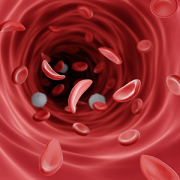
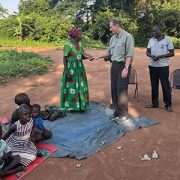
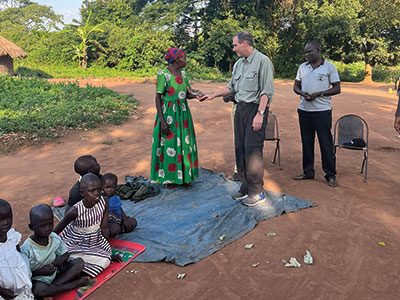
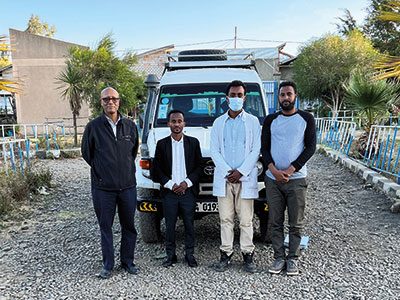

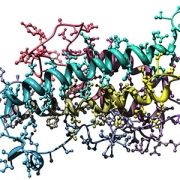





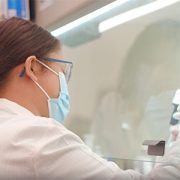
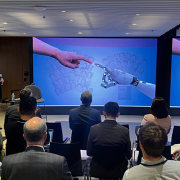
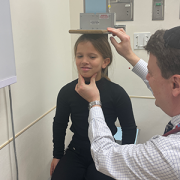
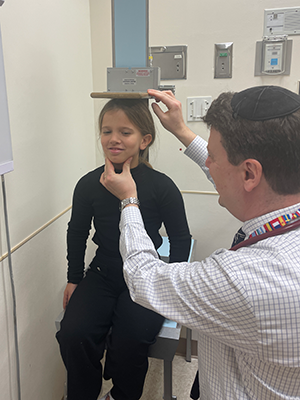


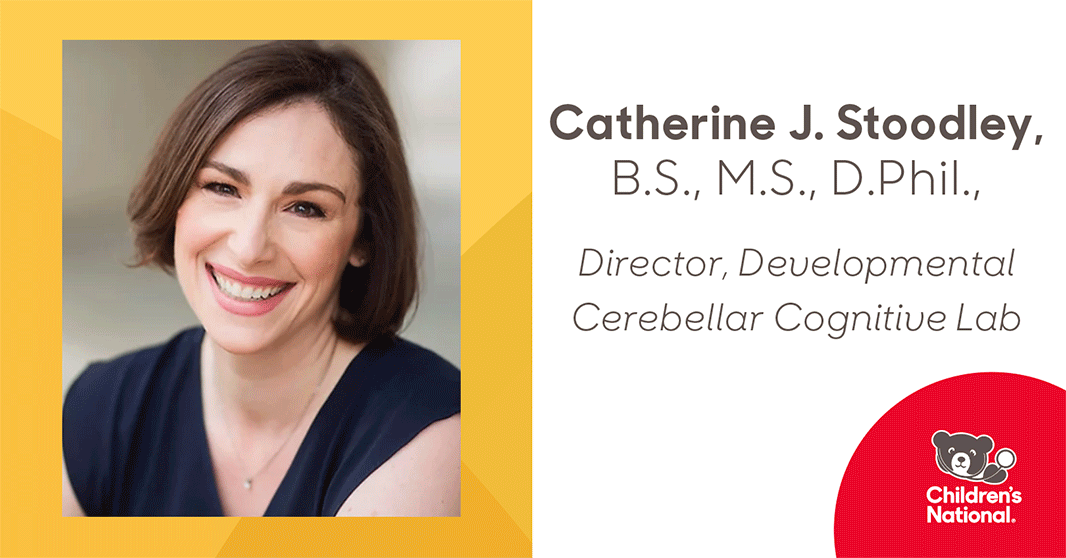
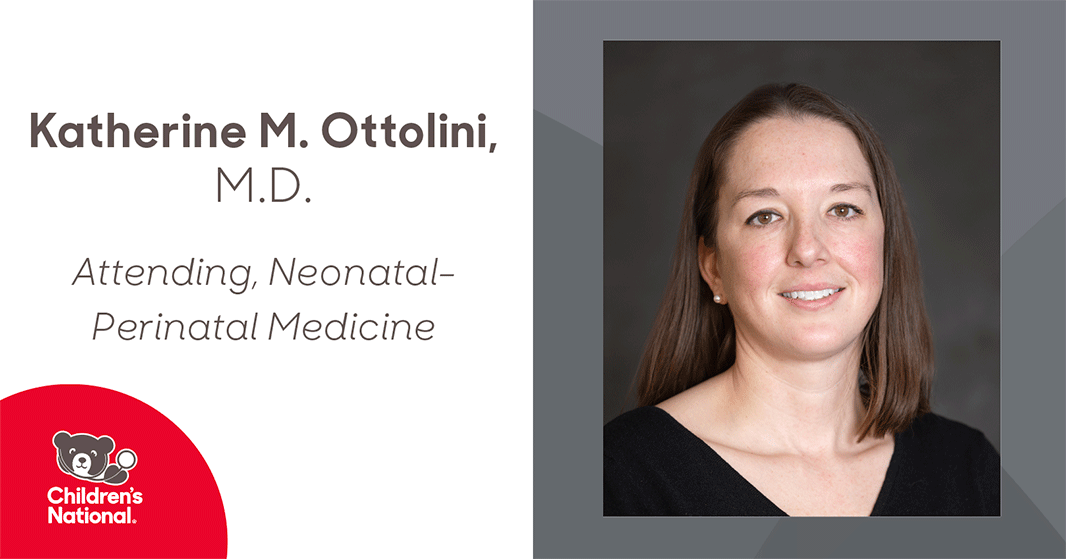
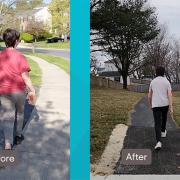
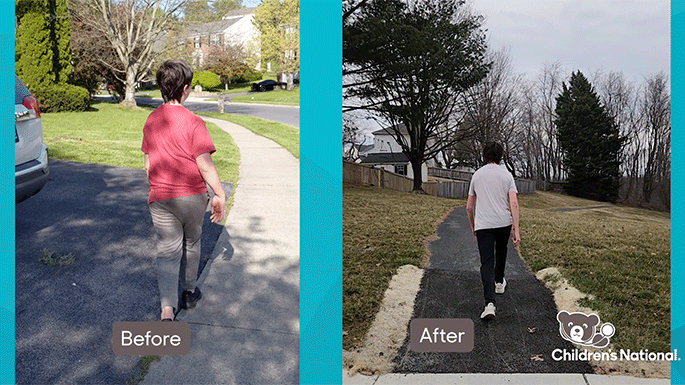
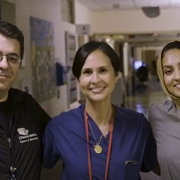
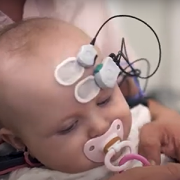
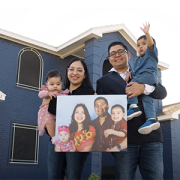

 The Children’s National Research Institute released its
The Children’s National Research Institute released its 


 Advanced MRI visualization techniques to follow blood flow in the hearts of cardiac patients. Gene therapy for pediatric patients with Duchenne muscular dystrophy. 3D-printed casts for treating clubfoot. These were among the most popular articles we published on Innovation District in 2023. Read on for our full list.
Advanced MRI visualization techniques to follow blood flow in the hearts of cardiac patients. Gene therapy for pediatric patients with Duchenne muscular dystrophy. 3D-printed casts for treating clubfoot. These were among the most popular articles we published on Innovation District in 2023. Read on for our full list.
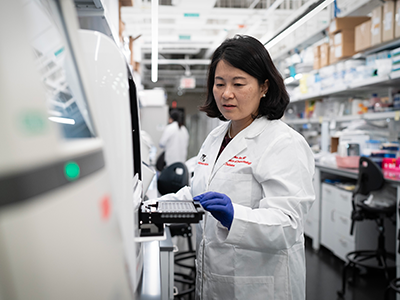
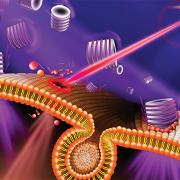
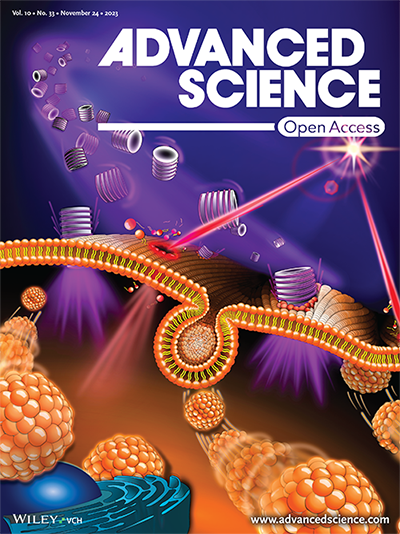 Unraveling how cells mend after injury serves as a key to unlocking potential therapies. Recent findings from the
Unraveling how cells mend after injury serves as a key to unlocking potential therapies. Recent findings from the 